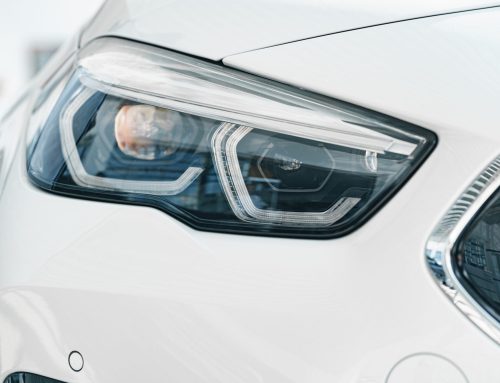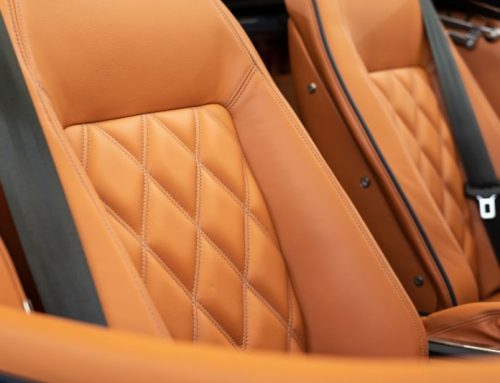If you want to give your project a smooth finish, you must first sand the surface to the desired level. You can start by using 320 grit sandpaper and finish off with 400 or 600 grit. However, you can also choose to use finer grades such as 2000 grit if you want a smoother finish.
320 grit
A common question from people who are planning to paint their cars is “What grit sandpaper to use?” The answer to this question varies depending on the type of paint you plan to use. 320 grit sandpaper is a good choice for roughing up the surface of thick paint and smoothing out imperfections. It also creates small ridges, which help the paint adhere to the surface.
You can find sandpaper at hardware stores, home improvement stores, and even online. These products can come in different grades, ranging from fine to coarse. Make sure to know what grit level you need before purchasing your sandpaper, as well as whether you will need multiple grades.
Once you have the base coat applied, the next step is sanding the body filler. Using 320 grit sandpaper works well for shaping body filler, while 400 and 600 grit sandpapers work well for spot putty. Once you’ve sanded down the body filler, you can move on to the next step, the clear coat.
Sandpaper grit can also vary depending on the type of finish you are applying. Water-based paints often raise the grain of the wood, making it appear more “rough.” For a smooth finish, use 400 or 320 grit sandpaper to sand down the wood fibers. Once the wood fibers are smooth, the clear coat will have a clearer finish.
400 grit
Using 400 grit sandpaper is an easy way to prepare a piece for clear coat application. It will reduce the chances of brush strokes showing through the clear coat, and it is equivalent to the sandpaper grade used for car paint. However, it is important to use the right sandpaper for the job. If you use too coarse a sandpaper, it may leave a work-in-progress finish. Furthermore, the coarse sandpaper may make your arms ache.
While sanding is an essential part of paint removal, the wrong sandpaper can ruin the underlying surface of a piece. When sanding softer materials, such as plywood or wood, it can cause significant marks. This is why it is important to follow the instructions on the packaging of sandpaper. If you’re painting furniture, you’ll want to choose sandpaper with a P80 to P180 grade. This grade will provide decent paint removal, but won’t damage the carved design.
To prepare for sanding the clear coat, you need to assemble a few tools and materials. These tools will not only aid in the sanding process, but will also help with other exterior car procedures. A good assortment of tools includes clear coat remover spray, sandpaper, buffing pads, spray detailer, wax, and an electric polisher.
Before sanding, you should clean the wood thoroughly with a pressure washer or a heavy-duty concrete degreaser. Make sure to sand the wood with a feathering motion as this will help you locate and correct any imperfections. Once this step is complete, you’ll be ready to use a primer, which will fill the imperfections made by the 180-320-grit sandpaper.
600 grit
The first thing to remember when wet sanding a clear coat is to use the proper grit sandpaper. Using too coarse sandpaper will leave your clear coat with a work in progress appearance. You can also end up getting arm pain using a coarse grade sandpaper.
The final polishing sanding stage is usually the last step, and can be performed on a clear coat or primer coat. It is used to remove imperfections and to polish the paint. If you’re preparing to repaint, you can use a 1000 or 1200-grit sandpaper. You can use the same grit if you’re sanding before clear coat.
After removing the base coat, the final step in preparing the surface for a clear coat is sanding. Using a 600-grit sandpaper first will ensure a flat finish. However, it’s important to note that it will reveal the underlying texture of the panel. You should inspect the panel carefully after it’s completely dry, and squeegee it thoroughly to remove any remaining grit. This step requires a high degree of attention to detail, and pride in the work you’ve completed.
Once you’ve finished washing the vehicle, you can start sanding. Begin with a layer of 600-grit sandpaper and continue sanding with higher grit paper. Make sure you keep the surface clean and dry, and use a wet rag to prevent the sandpaper from sticking. After you’ve finished sanding, you can then start painting.




